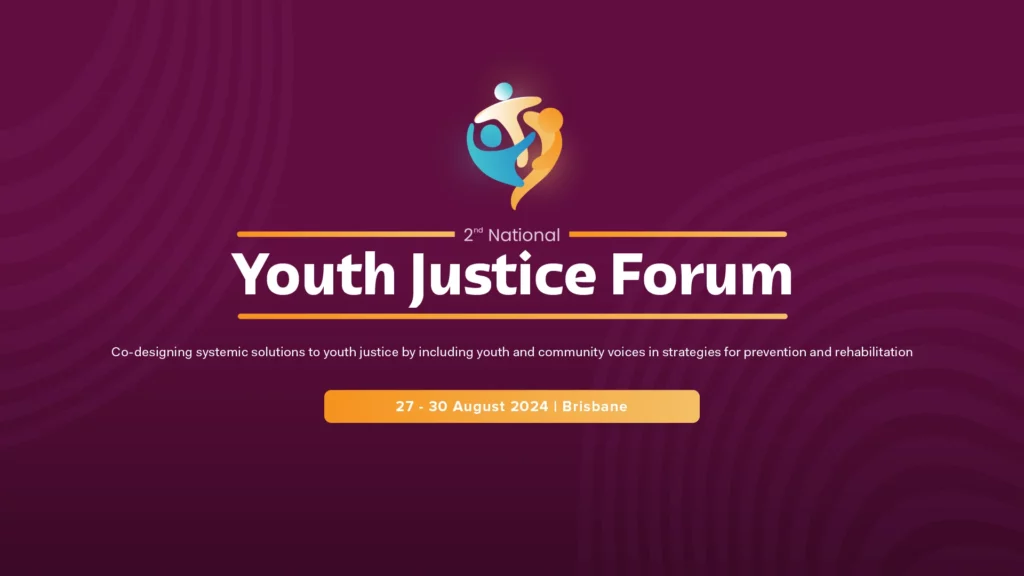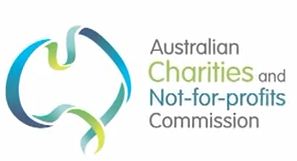Shared organisational values and goals form an integral part of workplace culture, how do you ensure all staff share these?
Life Without Barriers was set up 20 years ago to offer disability support services in the New South Wales (NSW) region of Newcastle.
Today we’ve grown to become one of the country’s largest national community organisations running programs in home care, homelessness, home and community care, mental health, refugee and asylum seeker services and juvenile justice.
This year, we launched our new brand and values, to better reflect our current role in the community and for it to resonate with our stakeholders. We want our people to be proud to say they work with us, and for the new brand and values to help us relate to our clients who see us as fresh, relevant and professional in everything we do.
Our new values of building relationships, being courageous, respectful, imaginative and responsive to people’s needs are part of everything we say and do, and are the key to all the decisions we make. Day-to-day this can be seen through internal programs such as the staff recognition awards, peer-to-peer gratitude programs and reinforcing the messages through multi-media internal communications campaigns such as CEO blogs, video blogs (vlogs), newsletters and staff events.
How do you create positive workplace culture?
Our leadership team sees it as its responsibility to create an environment where our people are engaged in the work that they do, and share the same values as the organisation.
We give staff the opportunity to own and be proud of their work – as an organisation we our show staff that they’re valued by celebrating their successes. We’re also invested in providing individual training programs to help everyone grow within the organisation. We’ve recently invested in developing systems to make administration and management easier and less time-consuming to streamline processes and free up staff time.
Life Without Barriers’ role in the community is to get out there and focus on the communities we support – ultimately we want to attract people who have the same mission – to dedicate their life to making other people’s lives better by pushing the boundaries and innovative.
Attracting and retaining good staff can be challenging particularly when faced with limited budget. How do you overcome this challenge?
Our industry does have unique challenges. We employ several thousand people across Australia and New Zealand, and are well recognised in the sector for the work we do. We know that our staff really want to make a difference to the community, so our role is to make them feel well-equipped and supported in what can be an emotionally challenging job.
Our research suggests that there will be an increase in the need for trained and qualified staff in our sector which we need to plan for to make sure we have enough skilled staff – in services such as home and community care programs – to cope with demand.
Our way of attracting and retaining staff is to create a unique proposition so we stand out from our competitors and to become the employer of choice in our field.
We’re a large organisation, so we’re fortunate to be able to provide in-house and external training qualifications, and due to our size, we look for opportunities for staff promotions internally, whether going into management, clinical roles, secondments to different service sectors or other parts of the country.
Life Without Barriers has already begun to more clearly communicate these benefits to future staff and new graduates.
What qualities do you look for in employees and why are these so important?
We really look for people who are aligned with our values. Of course we are very focused on ensuring people have the appropriate skills and qualifications for each role, but these values are important – they support our purpose of partnering with people to change their lives for the better.
Probably the most important value is that for us, relationships come first. Whether it’s working with our partners on a shared goal, our clients and communities we support or government agencies with whom we work, our staff should be respectful, collaborative and understanding in everything they do.
We also look for courage and imagination in our staff, for people who are thinking of creative ways to solve new problems and questioning everything we do develop new approaches to improve our services.
The not-for-profit sector is often known for high staff turnover, what do you do to mitigate this?
Our listening studies and open, structured internal communications have allowed us to understand our staff and what’s important to them in work satisfaction. Taking on feedback, then having the agility to respond to all organisational efforts, including staff needs is our key tactic in mitigating staff turnover.
We’ve found that investing in staff studies, training and development programs and internal communications has had a positive effect on staff retention, which we hope to build on in the future.













































































































































